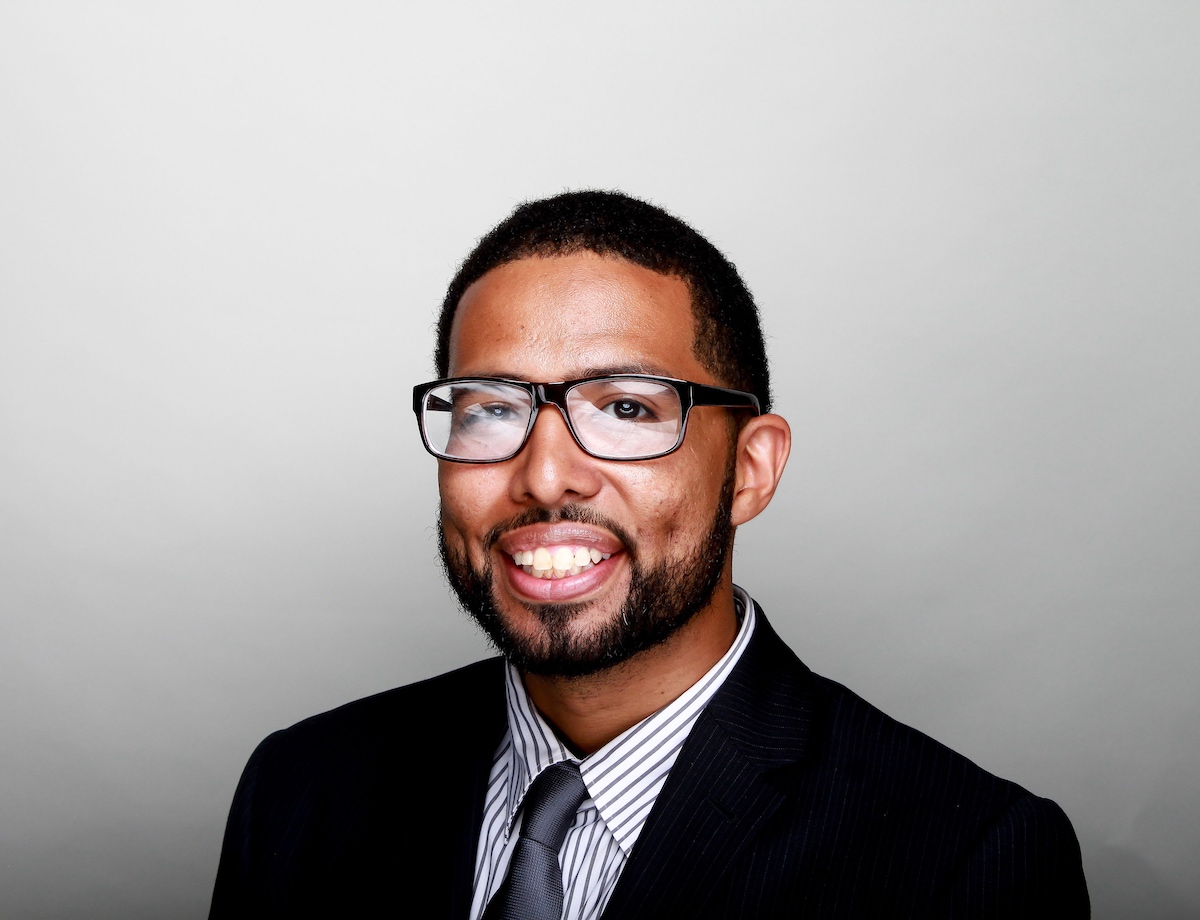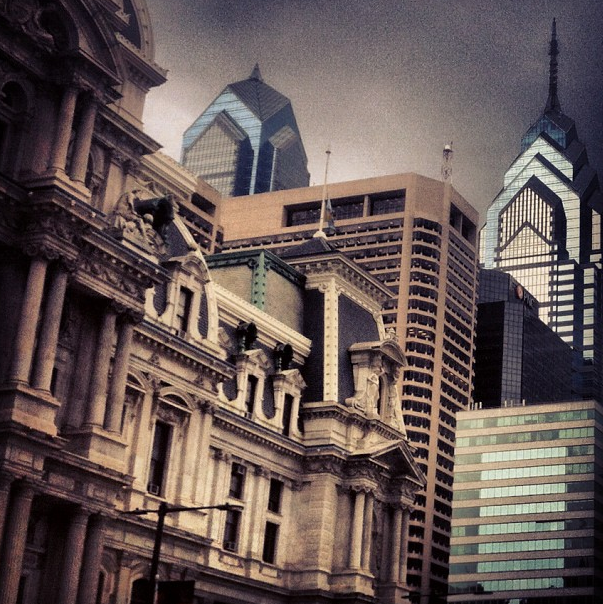Philadelphia has the dishonor of being the poorest big city in the United States for a score of reasons. An under-resourced school system, systemic racism within labor unions and antiquated systems all contribute to the City of Brother Love being less suited for feast than famine, with a (pre-pandemic) poverty rate at 23.3% — actually better than in recent years — representing over 350,000 residents.
In the intro to The Philadelphia Inquirer’s William Penn Foundation–funded Future of Work series, reporter Inga Saffron explores how the local economy has changed over time and affected the way residents live, learn and grow. Here’s what she called out as some reasons for the state of things:
Students are not prepared for the future.
The School District of Philadelphia has received less state funding over time than its suburban counterparts and consequently not prepared students for future employment. Career programs, or vocational learning, have not modernized to meet the demands of an economy where computer skills are not an option, but a necessity.
Nearly a third of high school students do not graduate. And two-thirds of people who lost their jobs early on in the pandemic also did not graduate from high school.
There’s been poor adaptation over time to new jobs.
Like fellow major East Coast cities New York and Boston, Philadelphia lost numerous manufacturing jobs through the 1960s and ’70s as factory jobs shifted towards southern states without unions and eventually overseas to Asia, Saffron noted.
Whereas New York and Boston eventually became finance and tech hubs and rebuilt their economies to the same levels they were in 1970, Philadelphia has 200,000 fewer jobs than it did in 1970.
Systemic racism against Black workers remains.
Local construction is happening at a rapid pace and Black workers are still not well represented in the industry. Historically, Black people have struggled to join local labor unions and are still facing issues today.
Less than 13% of local construction workers in the late ’60s were Black. But in 2008, only 10% of the local union’s members were Black. Roofers, cement mason and labor unions are more inclusive, but Black people still have harder times gaining membership than their white counterparts.
(A new City program funded by JPMorgan Chase aims to fight this by training under-represented workers for union apprenticeships.)
There’s a lack of access to job training.
Philadelphia has become a place for high-paying jobs and low-paying jobs with little opportunity for the type of employment found in between.
Before 2014, the Community College of Philadelphia, for instance, “showed little interest” in providing career tech training, Saffron wrote. Since 2014, it has added more focused on training for middle-wage careers so that students could quickly find employment after earning certificates.
With better training, careers in healthcare like home health aides could grow into work as phlebotomists or medical assistants — and see an increase in annual salary to $33,000. Some training programs, however, cost as much as $8,000 a year, and may be cost prohibitive for people working to support their families. And federal Pell grants do not apply for training programs and only degree programs.
At Technical.ly, we’ve seen other pushes to connect local residents to “life-sustaining” jobs that have long-term possibility, a high pay rate, benefits and opportunity for growth, especially in STEM.
Read the Inquirer's full story Michael Butler is a 2020-2022 corps member for Report for America, an initiative of The Groundtruth Project that pairs young journalists with local newsrooms. This position is supported by the Lenfest Institute for Journalism.Before you go...
Please consider supporting Technical.ly to keep our independent journalism strong. Unlike most business-focused media outlets, we don’t have a paywall. Instead, we count on your personal and organizational support.
3 ways to support our work:- Contribute to the Journalism Fund. Charitable giving ensures our information remains free and accessible for residents to discover workforce programs and entrepreneurship pathways. This includes philanthropic grants and individual tax-deductible donations from readers like you.
- Use our Preferred Partners. Our directory of vetted providers offers high-quality recommendations for services our readers need, and each referral supports our journalism.
- Use our services. If you need entrepreneurs and tech leaders to buy your services, are seeking technologists to hire or want more professionals to know about your ecosystem, Technical.ly has the biggest and most engaged audience in the mid-Atlantic. We help companies tell their stories and answer big questions to meet and serve our community.
Join our growing Slack community
Join 5,000 tech professionals and entrepreneurs in our community Slack today!

The person charged in the UnitedHealthcare CEO shooting had a ton of tech connections

From rejection to innovation: How I built a tool to beat AI hiring algorithms at their own game

How a laid-off AI enthusiast pivoted to become a founder — while holding down a day job



